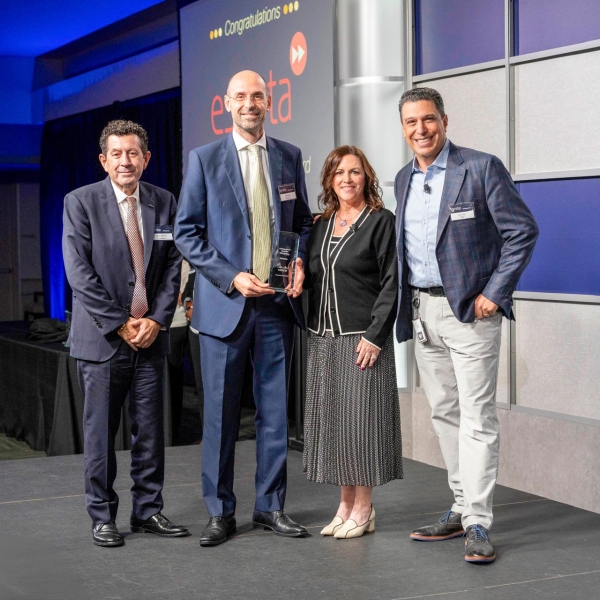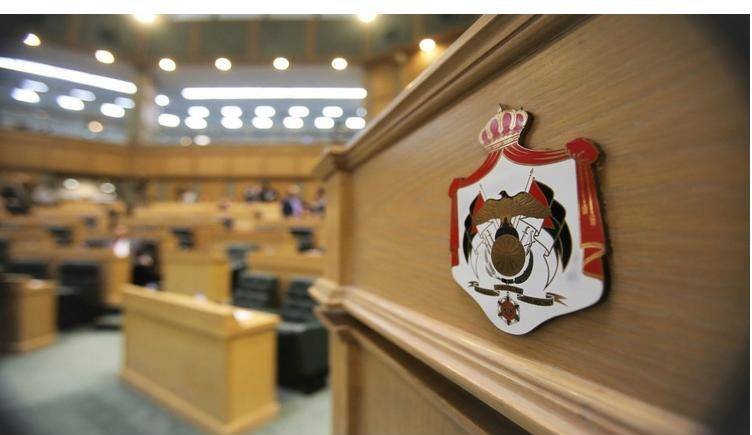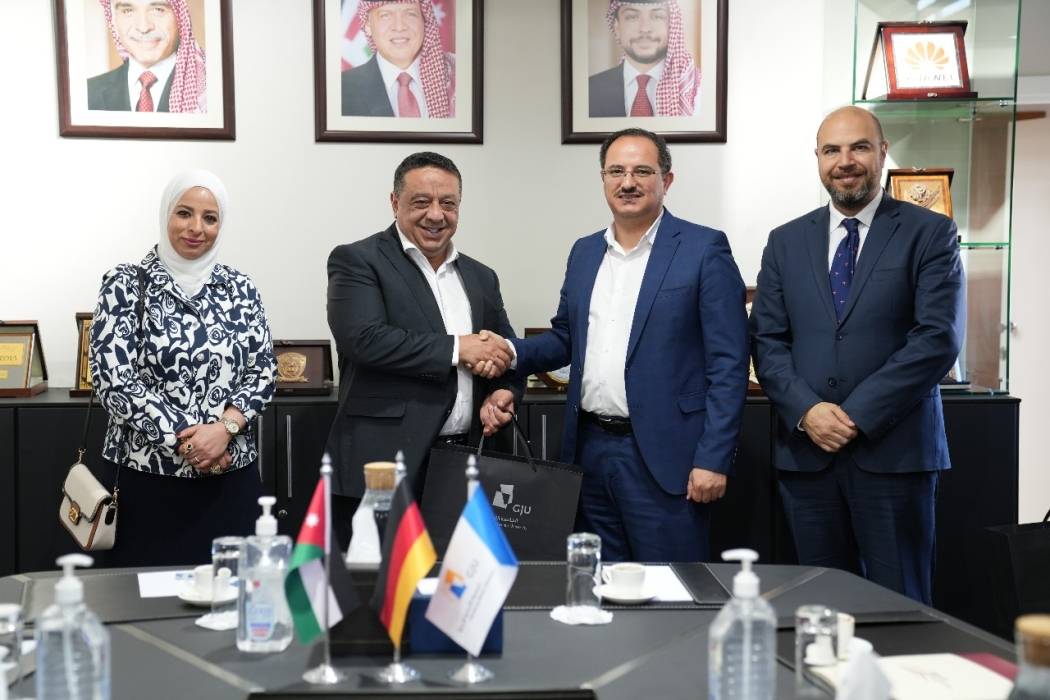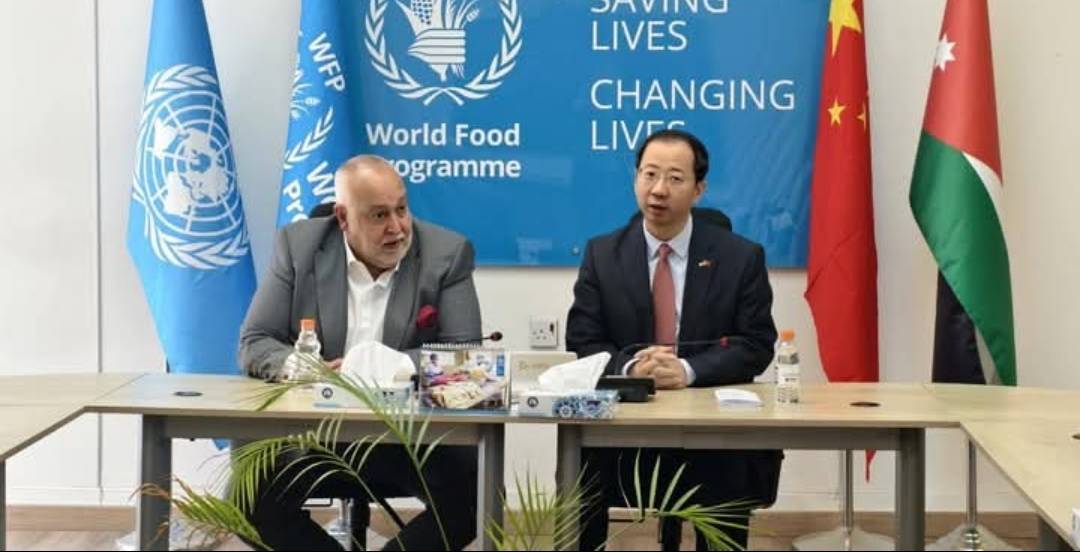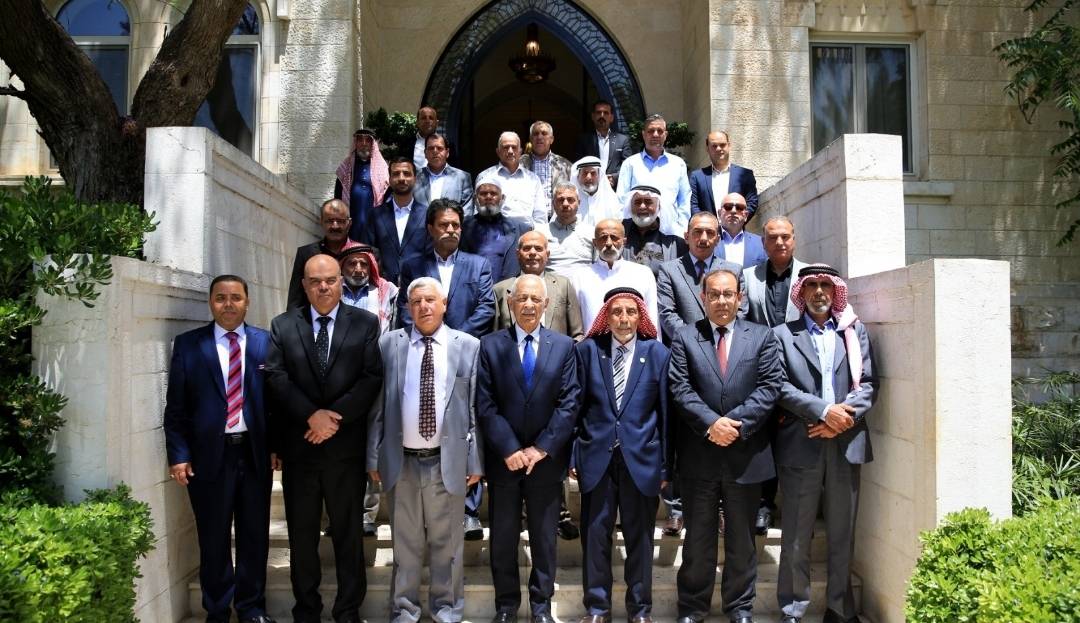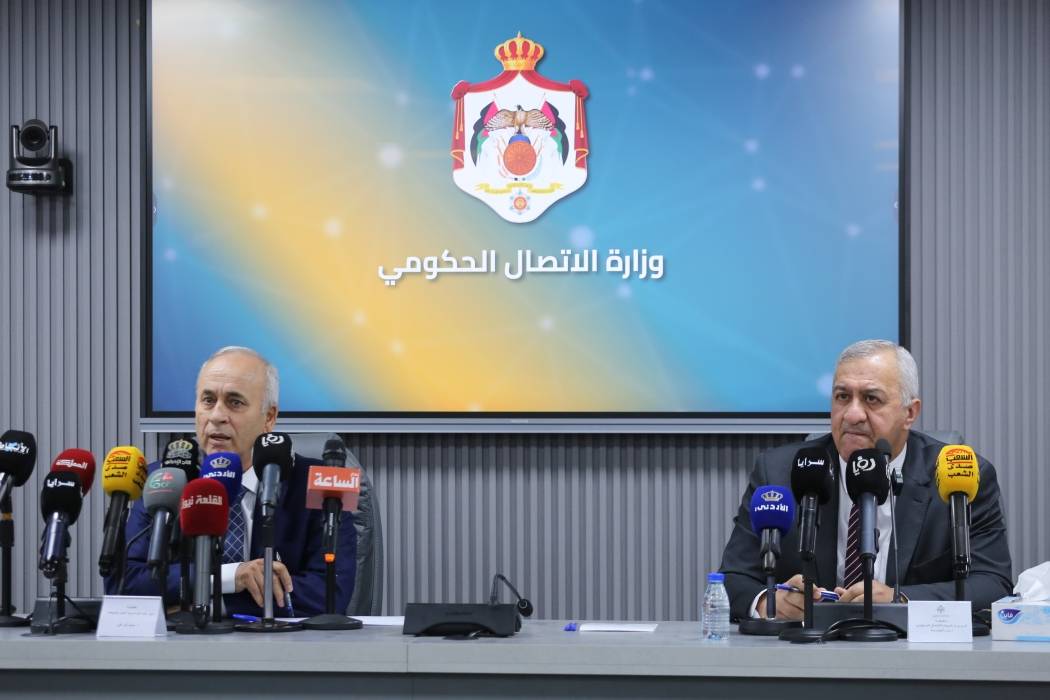Local
Is Jordan's use of "blended education" successful?

Al-Anbat-Shatha Hatamleh
Translated by: Mays Alshawabkeh
Given the significance of this type of education in light of the technological development we are currently witnessing, educational and teacher questions: In line with the visions of economic modernization, which included priorities for the development of the education sector through the preparation and implementation of a comprehensive strategy for coeducational education for all age groups: Is there a successful application of "coeducational education" in Jordan? This style of education has a number of prerequisites and needs that must be met.
Dr. Ibrahim Badran, a former minister of education, commented on this approach, stating that blended learning entails combining traditional classroom instruction, in which students and teachers interact, with independent student learning of some of the subjects he teaches.
In a special speech for "Al-Anbat," he stated that the combination was crucial because learning—in which the student is independent in study and education—will be the foundation of education in the future. Meanwhile, the school will serve to discuss, exchange ideas, use laboratories, and solve problems.
The introduction of mixed or integrated education, he continued, aims to prepare students for the demands of the future in terms of education, independence, and the capacity to consult references without the need for a detailed lesson from the teacher. He explained that this is about improving the student's ability and opening up a wide range for him to exit the scope of the scheduled book.
He emphasized that this requires students to properly master the language because learning is self-reading and self-assimilation, so a student must be able to language so that he or she can interact and absorb what he or she reads. Instead of following the prescribed book, he said, students should avoid understanding the subject within the framework of the textbooks developed by the school or the educational authority.
A "learning poverty" that assesses pupils' aptitude for comprehension and assimilation in Arab nations as high as 48% was mentioned by Badran. The willingness to study blended demands attention and Arabic proficiency from the start, as well as attention to educating the child how to adjust, think, and discuss topics. In Jordan, the ratio of learning poverty exceeds 54%.
The purpose of coeducational education requires readiness and readiness, specifically the student's language aptitude and love of reading. As a result, coeducational education would be advantageous to pupils for their academic careers.
The transition from facial to electronic education, according to the educational expert Dr. Thoukan Obaidat, necessitates both material and educational preparations. He stated that while educational readiness calls for the dissemination of e-educational values, material readiness calls for having highly qualified teachers and equipment as well as preparing the home for future changes.
He made the point that combining facial and e-education entails dividing education into two halves, the first half being facial and the other half being electronic, explaining that while literary subjects are taught electronically, scientific subjects are taught in schools. He also mentioned another form of education called "Reverse education," which entails having students learn and attend at home while the school serves as a panel discussion for them. According to this form of education, which states that it is required to change the culture of the teacher, the Ministry of Education, and the notion of education, the student gains confidence and the burden on the schools is lessened.
Coeducational education, according to educational expert Ahmed Wahdan, is the best way to prepare students for a world of flexibility, autonomy, and constant rapid development. Ahmed Wahdan asserted that education today is more than just the storage of knowledge and answering test questions; rather, it is the pursuit of trustworthy sources of information and knowledge and their application to everyday life.
The instructor is no longer the exclusive source of knowledge or information; rather, he serves as a knowledge facilitator, offering students support, direction, and assistance.
In the age of the coronavirus, which paved the way for e-learning in our educational institutions, he said, "The school is no longer the only location to learn, and the student will not stop learning if he leaves the school." He emphasized that blended education is the best option for learning.
According to Wahdan, this schooling has raised students' levels of achievement and allowed for time, effort, and cost savings. As a result, there is a better understanding of the equity of educational chances, and students are more motivated to learn and advance their skills.
The provision of technical and human prerequisites was necessary for coherent education. Technical requirements mandated that classrooms be furnished with computer hardware, detailed projectors over the Internet, and an electronic course. They also stipulated that communication with the Ministry of Education's official website and, more specifically, materials advisers, should be made possible.
He emphasized the value of hosting a weekly online conference with the subject's instructors, allowing students to ask him questions regarding the course and the exam, and offering virtual classes in addition to traditional classes so that they can be used in conjunction with one another.
Human needs necessitated the preparation of a teacher who could provide traditional instruction, then apply what he had learned using computers, the capability of conducting online searches, and the desire to create a course and continuously update its content. The teacher must be able to work with curriculum design programs that are both ready and necessitate specialized skills, and be able to design tests that can be converted from conventional to electronic using pre-made software.
He said that for mixed or integrated education to be successful, there must be communication and direction between the teacher and the learner, and it is crucial that students understand their role in the educational process and how important it is to interact with the teacher to achieve the goal.
© All rights are reserved to Alanbatnews


